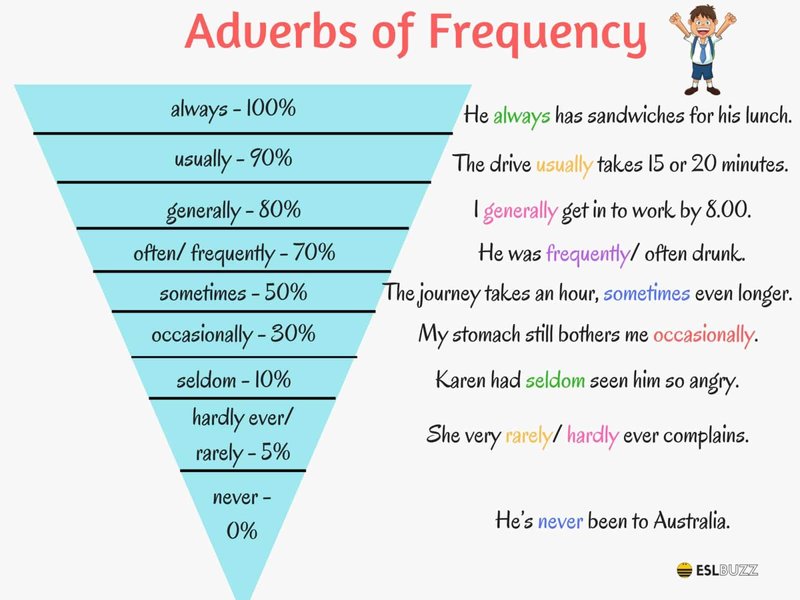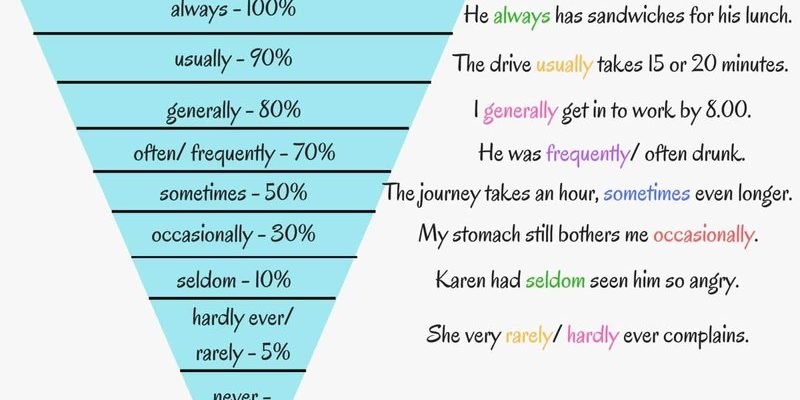
Bobbit worms, scientifically known as *Eunice aphroditois*, thrive in shallow tropical and subtropical waters around the world. They’re not just interesting to look at; their eating habits tell a remarkable story about survival in the marine ecosystem. Let’s dive deeper into these intriguing creatures and discover how their feeding patterns work.
Understanding Bobbit Worms’ Diet
Bobbit worms are carnivorous, which means their diet mainly consists of other marine animals. They are not picky eaters, and their meals can vary widely. Typically, they feast on:
- Small fish
- Crustaceans
- Other worms
These creatures have developed a unique hunting technique. They stay hidden in their burrows, with just their colorful heads peeking out, armed with sharp jaws. When a potential meal gets too close, they strike with incredible speed. It’s like they’re playing a game of hide-and-seek, but they’re the ones hiding and seeking dinner!
Feeding Frequency: How Often Do They Eat?
You might be wondering how often these fascinating worms chow down. In the wild, Bobbit worms can eat anywhere from once a week to several times a day, depending on their size and the availability of food. Generally, smaller Bobbit worms might eat less frequently, while larger ones can consume meals more often because they have higher energy needs.
Here’s the thing: the exact frequency of their meals can also depend on environmental factors, such as food availability and competition with other predators. When there’s plenty of food around, they can afford to eat more often. However, during lean times, they might have to wait longer between meals.
Factors Influencing Feeding Behavior
Several factors can influence how often Bobbit worms eat. Let’s break these down:
1. Availability of Prey
The most critical factor is the availability of prey in their surroundings. If the waters are rich with small fish and crustaceans, Bobbit worms can feast more often. Conversely, in areas with fewer food sources, they may go longer without eating.
2. Size and Age
The size and age of a Bobbit worm also play a significant role in its feeding habits. Younger worms might not require as much food as adults, which have higher energy demands. As they grow, they learn to hunt better and become more efficient predators.
3. Season and Habitat
Seasonal changes can also affect food availability. For instance, during certain times of the year, when fish are spawning, Bobbit worms may find it easier to catch their meals. Their habitat can also dictate what they eat; in some areas, they might find more crustaceans than fish, influencing their diet.
How Do Bobbit Worms Hunt?
Understanding how Bobbit worms hunt can give us insight into their eating habits. These worms possess a unique adaptation: they can extend their bodies out of their burrows to grab unsuspecting prey. Here’s how it generally works:
1. Sensing the Environment: Bobbit worms have specialized sensory organs that help them detect vibrations in the water, signaling the presence of potential prey.
2. Ambush Technique: They stay buried in the sand or mud until they sense something nearby. When a fish or crustacean gets too close, they rapidly strike.
3. Quick Meal: Once they grab their prey, they can drag it back into their burrow, where they can safely consume it without fear of being attacked themselves.
This method of hunting showcases their efficiency and adaptability in the wild.
Bobbit Worms and Their Role in the Ecosystem
Bobbit worms play an important role in maintaining the balance of their ecosystem. By preying on smaller fish and crustaceans, they help regulate the populations of these species. This balance is crucial for the health of coral reefs and other marine environments.
Additionally, their burrowing activities contribute to the aeration of the substrate. This aeration is essential for the growth of various organisms living in the seabed, allowing for a rich and diverse underwater ecosystem. Essentially, Bobbit worms are unsung heroes of the ocean floor!
Bobbit worms are incredibly unique creatures with intriguing feeding habits. Their eating frequency can vary based on several factors, such as prey availability, size, and seasonal changes. Ultimately, they remind us how interconnected life is below the waves.
Next time you’re near the ocean or watching a nature documentary, remember these stealthy hunters and their fascinating lifestyles. They might not be household names, but they play a big part in the underwater world, reminding us of the marvels of nature!

